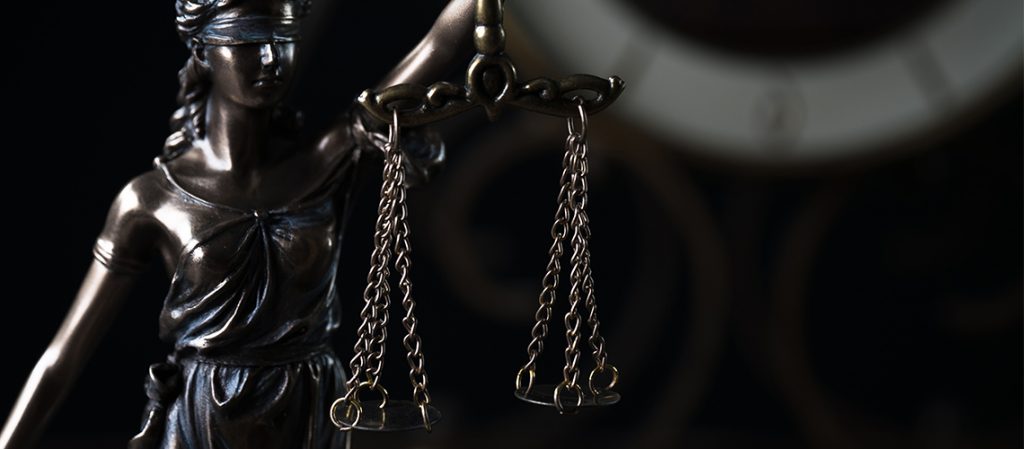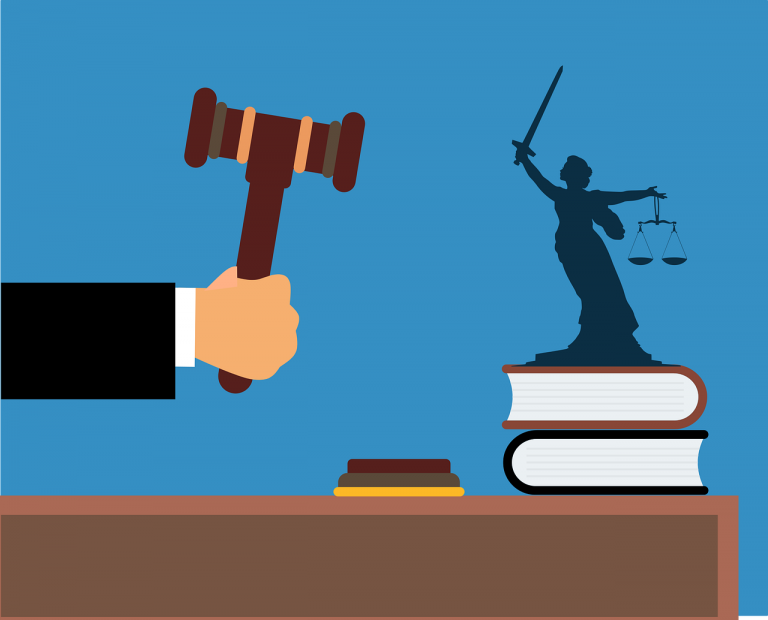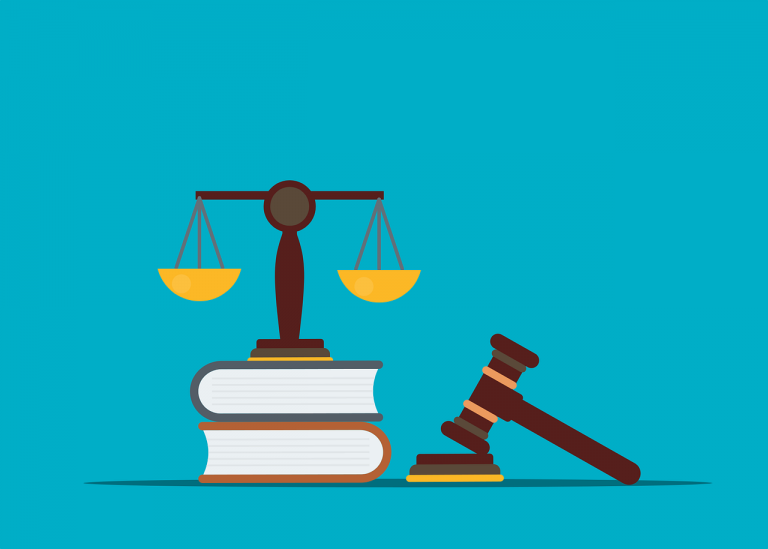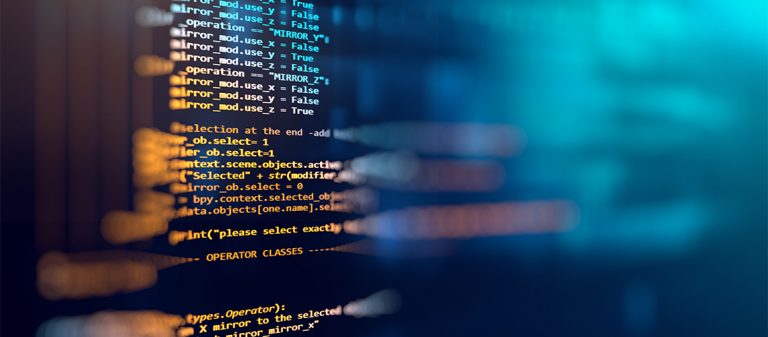They used to have this category on TerraNova, blatant self-promotion, which this post basically is. In my work China is not always put in a positive light (Chinese digital wall, Chinese cyber army, etc.), but this is exciting to me in a very positive way. The 1999 version of my DiaLaw book is translated into Chinese. Below I paste the Preface they (Bin Wei, who seems to me a very nice person) asked me to write for this occasion, and attached is how my preface looks in Chinese. One thing that is very striking is that they do not translate names. Nina Xu (visiting post-doc 2013/14) once showed how my name would look, but it can never be fully accurate. Xu Song (visiting Ph.D candidate 2014/15) already translated chapter 2, but soon the whole book is being published. This blog post is a long read (a little over 2000 words…)
Preface to DiaLaw, translated into Chinese
About 10 years ago Douglas Walton told me about his visit to China, and how pleasantly surprised he was to find several of his books in a library, translated into Chinese. He did not know they had been translated, but genuine academic as he is, he did not bother about lack of copyright permission but rather was really glad his work could also be read in Chinese. I wonder whether any of my books other than DiaLaw have been translated into Chinese. If they had been I would certainly be as pleased as Douglas Walton was. Indeed I am very pleased that my first book, DiaLaw. On legal justification and dialogical models of argumentation, that first appeared in 1999, has now been translated into Chinese.
In February 2016 I got in contact with Bin Wei who indicated DiaLaw was selected to be a part of a project of Classic Translations on Legal Logic in Western Countries, organized by Prof. Xiong from Sun Yat-sen University. Once finished, DiaLaw would be published by China University of Politic Science and Law Press. Bin Wei informed me:
“I need a foreword of the translation book, which aims to introduce this book to Chinese readers, and this is a necessary part of any translation in Chinese.”
I replied “I would be happy to.” Note that Chinese readers might be aware of DiaLaw, since in 2015 the talented Ph.D. candidate Song XuGuang, who visited my group for one year in 2014-2015, translated the second chapter of DiaLaw, ‘From law to DiaLaw. Why legal justification should be modeled dialogically’ into Chinese. When writing this preface I asked Google to look for the connection between Bin Wei and DiaLaw. I was pleased to find out that he referred to DiaLaw in his 2015 paper he co-authored with JinHua Huang (Modelling dialogues in court using a gradual argumentation model: a case study, Proceedings of ICAIL 2015, p. 138-147 (ACM)). I must admit I still get thrilled each time I find out people refer my work, in particular after so many years.
In this preface I will put DiaLaw into a personally-coloured historical perspective. For those interested in an evaluation of DiaLaw I refer to one of several reviews, e.g. Gerard Vreeswijk, Artificial Intelligence and Law, Vol. 8, Issue 2, pp 265-276, or Richard Starmans, Argumentation, Vol. 14, Issue 2, pp 195-200).
The origin of DiaLaw dates back to late 1994, early 1995. I submitted a paper authored with Aimée Herczog entitled ‘DiaLaw. A dialogical framework for modeling legal reasoning.’ It is hard to imagine that in those days we had to send in 5 hard copies, in order for the reviewers to be able to review the paper. The program chair, Trevor Bench-Capon, sent the notification of acceptance also via snail mail. This letter arrived when I was not in the office. My roommate back then, Bart Verheij, called me on the phone and asked me whether I wanted him to open the letter. I said yes, so he knew even before me the DiaLaw paper was accepted. It appeared in the Proceedings of the Fifth International Conference on Artificial Intelligence and Law, pp. 146-155. ACM, New York.
On 5 June 1998 I defended my Ph.D. dissertation DiaLaw in Maastricht. The thesis committee was chaired by professor Nico Roos (Maastricht), and the other members of the committee were Aleksander Peczenik (Lund), Thomas F. Gordon (Bonn) and Jaap van den Herik (Maastricht). This committee was complemented by other opponents, e.g. Anja Oskamp (Amsterdam), and the author of one of the most beautiful opening lines ever, Ronald P. Loui (USA): “Sometimes there is proof; mostly, there are arguments.” (Process and Policy: Resource-Bounded Non-Demonstrative Reasoning, Report Number: WUCS-92-43 (1992)).
I printed about 350 copies of my thesis DiaLaw, and have only a few of them left. One of the reasons for writing the thesis in English, and not in Dutch as my supervisor Jaap Hage kept on suggesting, is that almost all intended reading audience could not read Dutch, such as members of the inherently international oriented fields of Artificial Intelligence and Law, as well as Legal Logic and Argumentation. Also, to be honest, basically all of the researchers I admired were non-Dutch. The concerns Jaap Hage had were related to the quality of my English back then, and my other supervisor Hans Crombag tried to mediate by indicating that I could write the thesis in Dutch and publish English articles. However, the latter I already did during the writing of my thesis, and a thesis in Dutch would not have added much to the body of literature, which you always hope your work, such as a Ph.D. thesis, does.
It is often said that you write a thesis to get a doctoral degree and that hardly anyone reads it. In the Netherlands, theses in the legal discipline used to be works of a lifetime. These days it is almost the opposite, or as Gareth Davies tends to say: “a Ph.D. thesis is about writing 60.000-70.000 more or less coherent words.”
On June 4 1998, the day preceding my public defense, Bart Verheij and I organized a workshop and one of the attendees was Laurens Mommers. He told me that while Aernout Schmidt drove the car, he used the time to read parts of my thesis. I never forget the joy I felt when realizing indeed people did read my thesis.
Later that June I presented at the Argumentation conference in Amsterdam. It was as if I was dreaming when I saw Erik Krabbe and Douglas Walton amongst the public. I had read many of their works, and widely used their co-authored 1995 Commitment in Dialogue (Suny Press) in my own work. Now these authors were listening to my lecture; what an incredible honour.
In November 1999 I presented on DiaLaw at a Law & Logic meeting of the Dutch association of Logic, a presentation that was referred to in the opening of the Preface of the 2004 Ph.D. thesis For the Sake of the Argument by Martin Caminada. He noted, “Part of the idea of this thesis originated during a lecture of Arno Lodder at the Vereniging Voor Logica (VVL). To me, the idea of a mathematical description of what rational dialogue of argumentation should look like sounded very appealing.” This is definitely the highest level of academic reward one can receive, your work not only being read but something is also being done with it.
In that same year, 1999, I am not sure when exactly, the slightly revised version of my thesis appeared in the Law and Philosophy Series as no. 42. Though largely the same as my original thesis, at the suggestion of one reviewer, Giovanni Sartor, I improved the presentation of the rules and added some further explanation to the ProLog code (found in the appendix). It is that version that has been used for the Chinese translation.
I did adapt the dialogical model described in DiaLaw for Online Dispute Resolution in a JURIX 2001 publication with Paul Huygen entitled ‘eADR ? A Simple Tool to Structure the Information Exchange between Parties in Online Alternative Dispute Resolution.’ Building on this 2001 publication, I joined forces with John Zeleznikow. One of the most fascinating periods in my research career has been working with him on a model for Online Dispute Resolution in which I build upon DiaLaw. The model has been published in the Harvard Negotiation Law Review, Vol. 10, pp. 287-337, 2005 (Developing an Online Dispute Resolution Environment: Dialogue Tools and Negotiation Support Systems in a Three-Step Model). The model was also included in our 2010 Cambridge University Press book Enhanced Dispute Resolution Through The Use Of Information Technology.
Although I have yet to meet Ana Dimiškovska, I hardly ever felt as privileged and honoured as when discovering what she did with DiaLaw. She wrote in 2011 a chapter titled The Logical Structure of Legal Justification: Dialogue or “Trialogue”? (D.M. Gabbay et al. (eds.), Approaches to Legal Rationality, Logic, Epistemology, 265 and the Unity of Science 20, p. 265-280:
“(…) the use of dialogical models in the analysis, representation and evaluation of legal justification, which is (…) the main object of interest of this text, is most extensively treated in the work of Arno Lodder, especially in his book DiaLaw – On Legal Justification and Dialogical Models of Argumentation. That is why in the rest of the paper a crucial place will be given to a critical discussion and elaboration of some of his fundamental ideas, which have in a large measure inspired the interest for the problem of dialogical modeling of legal justification as a particularly important kind of legal argumentation.”
Two years later this same author, Ana Dimiškovska, used DiaLaw to model a Macedonian legal case ((Dia)Logical Reconstruction of Legal Justification: A Case Analysis Revus 19, 2013, 155-178): “The reconstruction is carried out using a contemporary dialogical model of legal justification: Arno Lodder’s DiaLaw.”
As inappropriate as it may be, this preface turns out to being maybe even more laudatory than ordinary prefaces are. It is different in that I did not indicate how good DiaLaw is, but indirectly it follows from the above. In my favor one could add that DiaLaw has been referred to hundreds of times, and I mentioned only few of them. The references were, of course, the ones that meant something to me and sprang to my mind first.
Let’s finish with some real DiaLaw in action, drawn from examples in my teaching. I always make clear to lawyers as well as non-lawyers that what makes law special is that you can rationally argue PRO and CON the same statement. Last year, my e-commerce law class was fully modeled around this idea. In all three assignments the class was divided into two groups, with one group arguing the pros and the other arguing the cons. Interestingly, when drafting the assignment I had no fixed idea about whether the pro or the con side was favourable. Actually, neither side is; it all depends on the arguments. And students do offer very good arguments, always including ones I never thought of.
In February 2016 I did the same Pro/Con approach in a class in a new course International Business and Internet Law: Privacy, Security and Contracting. The case was the following:
These days each business runs into legal issues related to the internet. For some companies internet is their core business (e.g. Amazon), for some companies internet enables them to deliver their core business (e.g., Easyjet), and some companies are still primarily operating as bricks and mortar.
Airbnb and Uber are popular providers that facilitate the users of the sharing economy. These businesses operate internationally. They use the internet for their services, e.g. via https://www.uber.com/ or apps.
The providers of these services can take local norms into account. You have become a practicing lawyer. One of those companies, you may choose in your answer for https://www.airbnb.nl/ https://www.uber.com/ or yet another comes to you for advice.
PRO: take into account local norms, since you operate on local markets
CON: do not take into account local norms, since you are a global provider and the only thing you do is matching demand and supply
The arguments of the students were again very good, both on the pro and con side. In the end, I told them that I still did not know whether I preferred either PRO or CON. I decided to let the wisdom of the crowd decide. The students were randomly put in either the PRO or CON group, but of those assigned to argue for the pro-side, some 75% remained convinced of their position. Of the con side, some 75% of them too remained convinced of their position. When exactly counting the votes, it appeared 18 students voted CON. Did the PRO camp win? No! Exactly 18 students voted PRO. Including 10-15 students voting neutral on the matter, we had a tie!
How could it better have been illustrated not always there is an obvious wrong or right? In the end, it all depends on the arguments. If even the arguments cannot convince, and if the procedure does not help in establishing justification of the statement the argumentation is about, then from the procedure follows there may be good reason to agree on disagreement.
In my work I am satisfied if what I write or what I teach in my classes mean something to those who engage with them, that is, if my work does not just pass unnoticed. Obviously, DiaLaw did get noticed. And now there is a new audience of millions waiting, I hope you enjoy!
Arno R. Lodder,
professor of Internet Governance and Regulation,
Vrije Universiteit Amsterdam
Amsterdam March 2016



